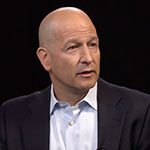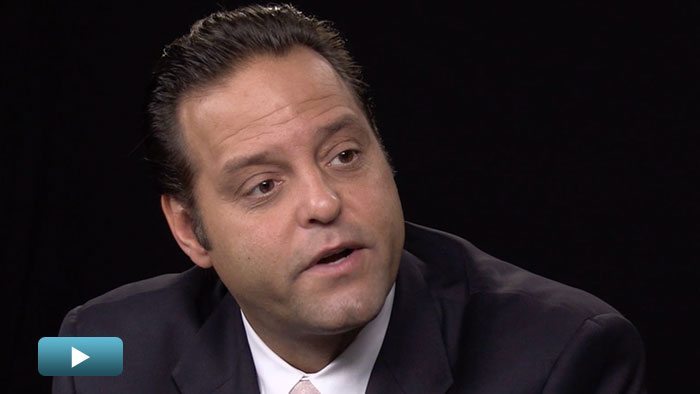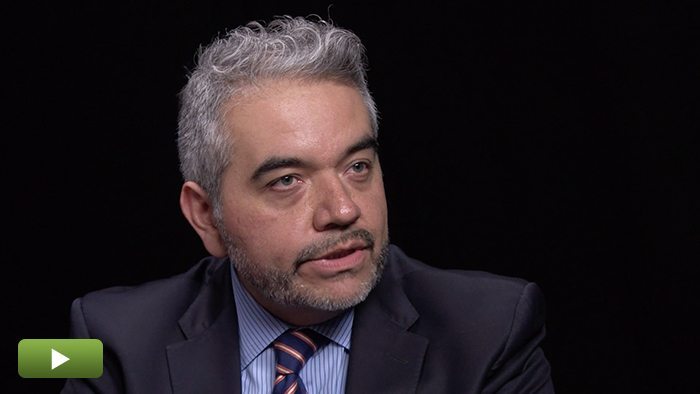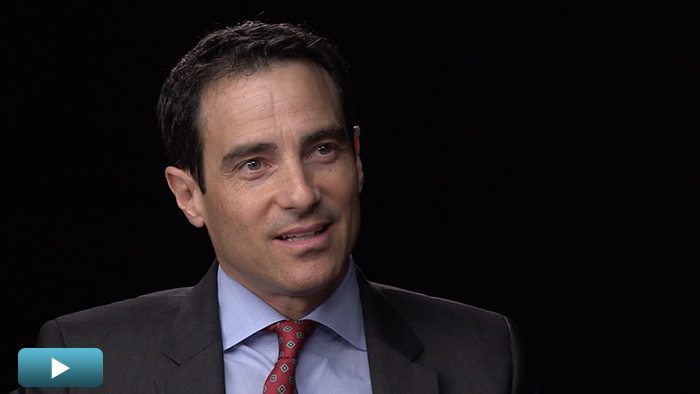Bringing Housing and Schools to Those in Need
With his newly formed firm, Turner Impact Capital, Bobby Turner is looking to bring multifamily housing and social infrastructure to areas with high renter turnover and need, while still providing a return to investors.
Transcript Download Transcript
Bringing Housing and Schools to Those in Need
With Bobby Turner of Turner Impact Capital
David Snow, PrivcapRE: We’re joined today by Bobby Turner of Turner Impact Capital. Bobby, welcome to Privcap. Thanks for being here.
Bobby Turner, Turner Impact Fund: Thanks for having me.
Snow: You run a social impact fund, or a series of social impact funds, and I think the investing world knows you very well from your time spent at your previous firm, which was called Canyon-Johnson. Can you talk about the difference between your former firm and this newer firm you’ve started recently?
Turner: Turner Impact Capital is a new-formed investment management company. I wouldn’t necessarily call us a socially impactful fund—we’re an impactful fund. We have a singular mission, and that is to create change. We do believe that our strategy’s a little unique vis-à-vis what it used to be in the sense that we believe one can make money and one can make societal change in a symbiotic relationship. We believe there’s an interdependency between profits and purpose, and it’s actually the purpose that helps us drive better risk–adjusted returns with lower correlation for our investors.
Snow: Let’s take one of the strategies you’re focused on and that is multifamily housing. What would be the difference between your firm as an investors in multifamily versus any other multifamily investment?
Turner: You can speculate, which most real estate investors are—they’re speculators, they’re buying low hoping to sell high, they’re buying at cap rates and hoping they’ll compress.
We’re focusing on marketplaces where there are huge mismatches between supply and demand of community services and/or infrastructure, and where the traditional investor has been the government and/or philanthropy. In the area of workforce housing, it’s a critical issue facing society. Today, 50% of all renters in America spend over 35% of their income on rent. A subset 25% of all renters spend over 50% of their income on rent. That’s untenable. But here is the challenge: it’s not cost–effective and one cannot drive market-driven returns by building new affordable workforce housing.
So, our workforce housing is very similar in the profit objective of generating 10% to 12% returns net of fees for investors, but rather than improving and driving profits through increased rents, we enrich. We provide meaningful, enriching services like education, healthcare, safety and security in the community; therefore, we can change the relationship between the landowner and the tenant.
Snow: So, your firm will acquire workforce housing and add value by bringing services and social infrastructure to the neighborhood?
Turner: That’s correct.
Snow: Are you also investing in that infrastructure as well? You provide the facility for the healthcare and the facility for the school?
Turner: We do. Again, we take a holistic approach.
When families work two or three jobs a day to go home to find that they’re spending 50% of their income on rent, when their kids are relegated to a public school district where, in many instances, they’re relegated to dropout factories where fewer than 50% of the kids graduate and fewer than 2% ever go on to complete four years in college, where is their hope? Over the last 50 years, we’ve proven that when we designate or delegate these issues to the government and/or philanthropy, what you tend to do is treat the issues. You don’t cure them.
Snow: In order for your program to be sustainable, it obviously needs to also generate a return for investors. You are going to be generating returns in part through the decreasing of turnover from some of the residents of these places. Are you leaving returns on the table because you are not also seeking other types of value-add by maybe creating some luxury housing off to the side, which a lot of other, more gentrifying forces would pursue?
Turner: I believe that what we do is actually generate better risk-adjusted returns than more traditional opportunistic or value-added funds. I will always tell people that social impact is the perfect diversification. It creates real alpha because we’re not correlated to the broader market indices. Regardless of what happens to the Dow Jones industrial average, regardless of where unemployment is, there is huge and growing demand for affordable, quality workforce housing.
Snow: You mentioned tennis star Andre Agassi, so I’d love to get into the background of your partnership with him. You are focused with Agassi on investing in charter schools, or at least the infrastructure behind charter schools. How did that partnership come about, and what is the alignment of interests?
Turner: Andre and I met…about five or six years ago, and it was a result of my many years of frustration. For many years of my career, I was both a capitalist as well as a philanthropist, and I like to tell people that I struggled at both.
I evolved from an investor with a sole metric of financial success to one that understood the implications of being socially responsible and financially responsible. As a not-for-profit—a philanthropist—I actually built 38 public charter schools in the worst neighborhoods of Los Angeles using mostly Bill and Melinda Gates’s money and Eli Broad’s money. Andre, in addition to having a notable tennis career, was also an incredible philanthropist. Over the prior 15 years, he had built his own K-12 public school in the worst neighborhood of Las Vegas called the Agassi College Preparatory Academy.
When I met Andre, he was educating 650 kids a year, he had had two graduating classes and 100% of those kids had matriculated to college. His frustration? 3,000 kids on the wait list. And we formed what we called the Turner-Agassi Charter School Facilities Fund.
We will build 64 schools for about 34,000 kids. We will change the trajectory of these children’s lives forever and, at the same time, we’re generating nearly 11% returns net of fees, 1.5 equity multiples for our investors—doing good and doing well.
Snow: Walk us through the difference between building a charter school or set of charter schools on a philanthropic basis versus doing so on a for-profit basis.
Turner: The biggest challenge and biggest difference is scalability. There is not enough philanthropy to scale and meet the issue to build $22-billion worth of charter-school seats. But the reality is, again, if you want to really cure and scale and create sustainability, you need to attract for-profit capital, which means you need to drive and generate market-rate returns to attract institutional investors.




